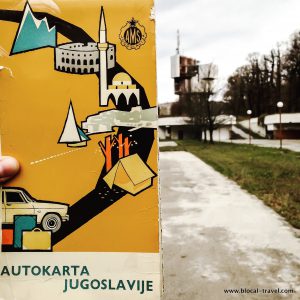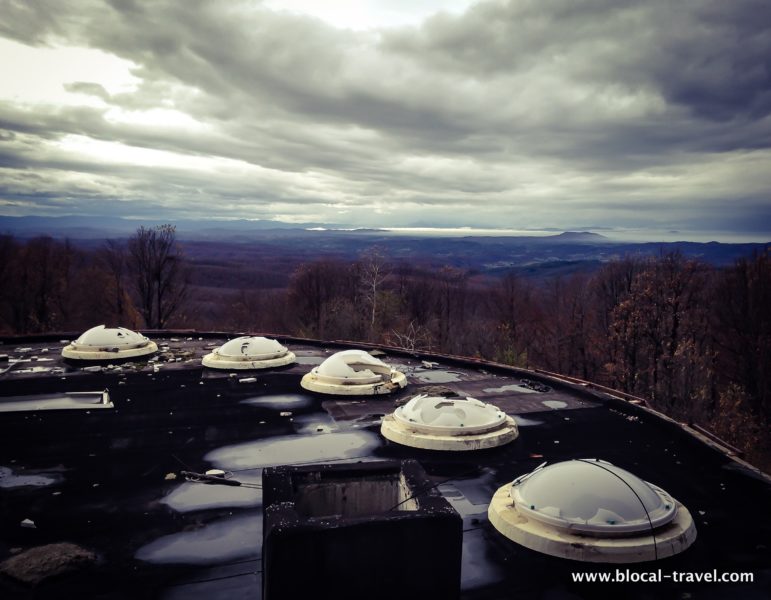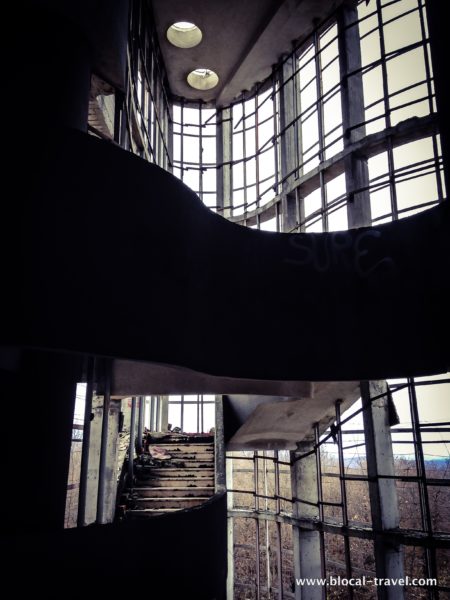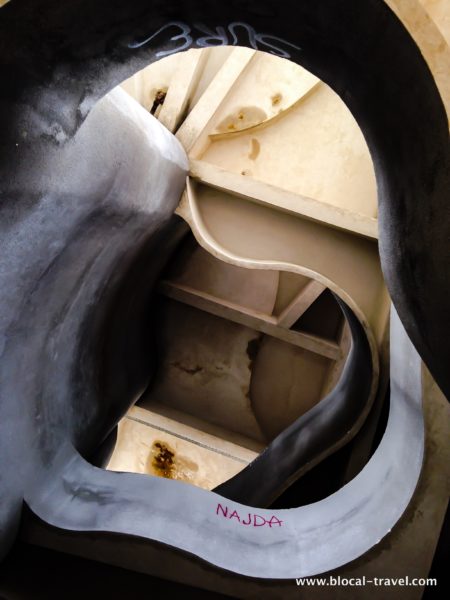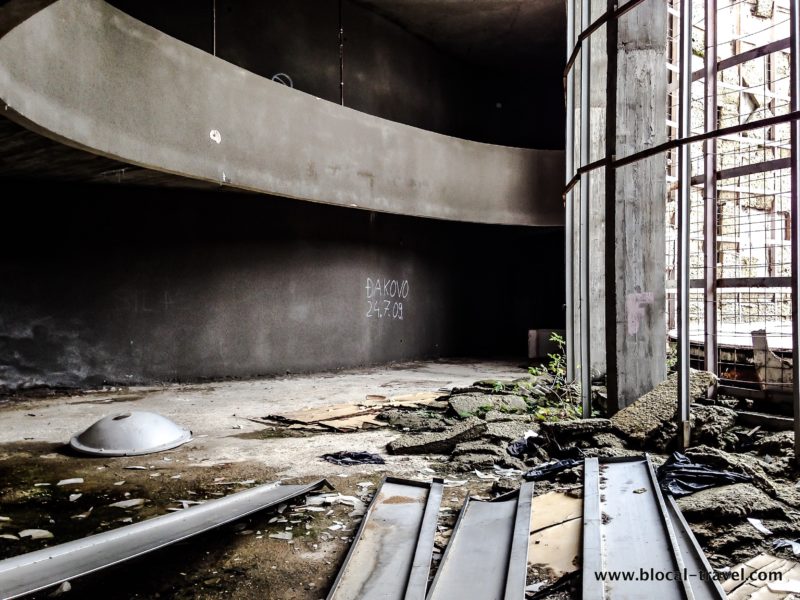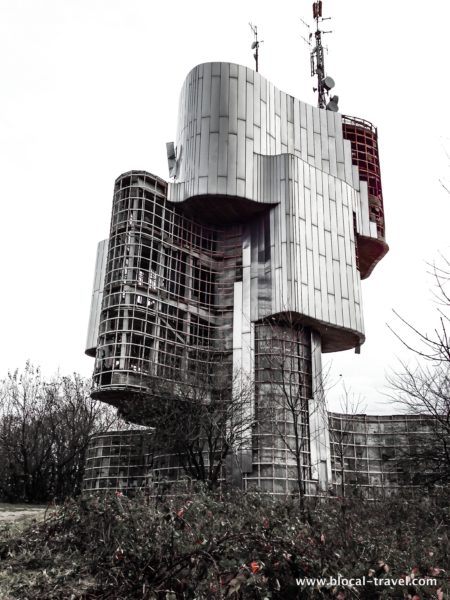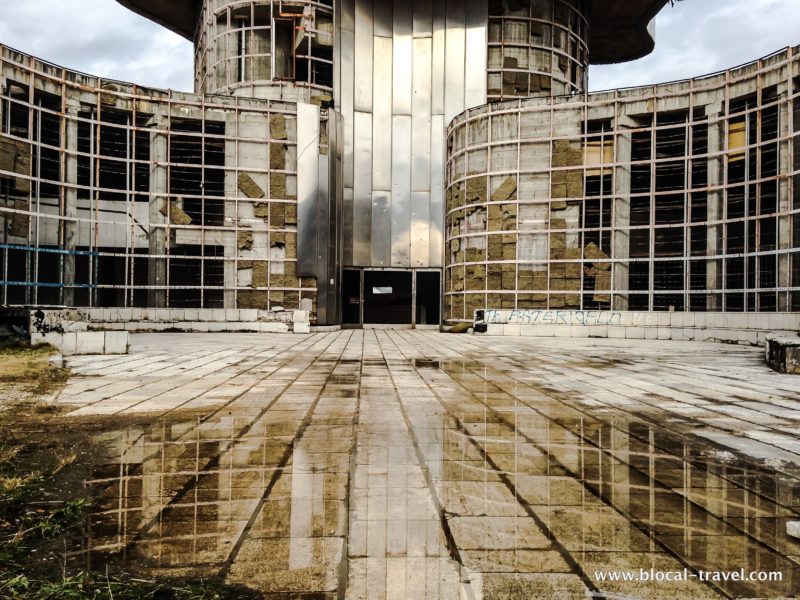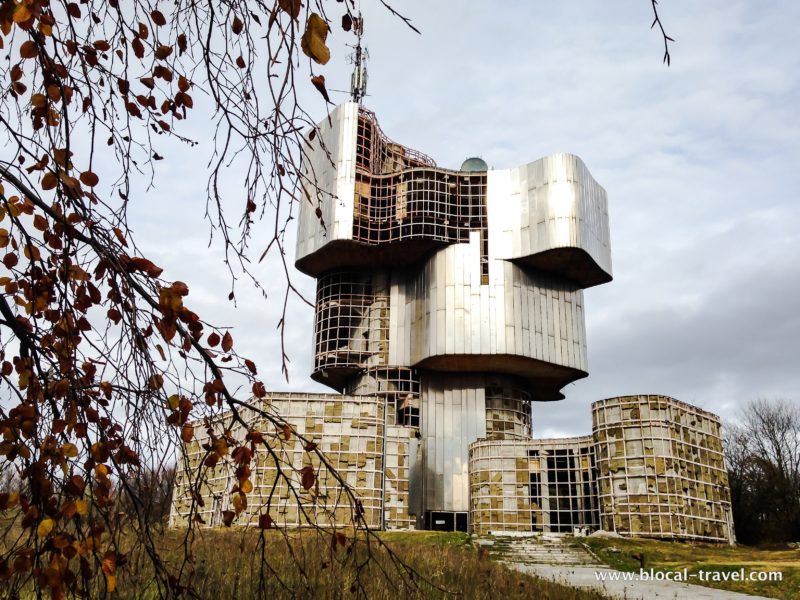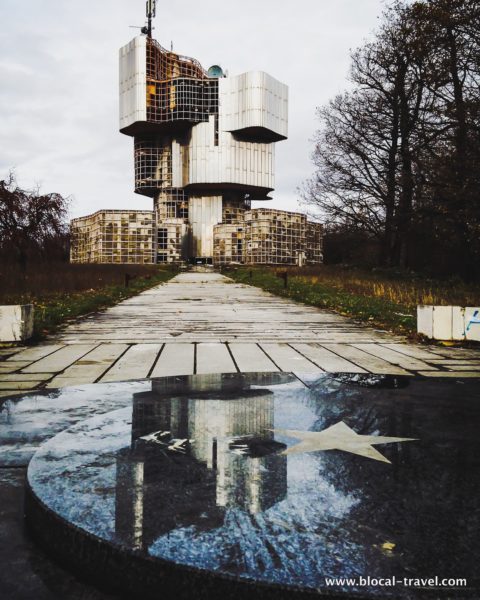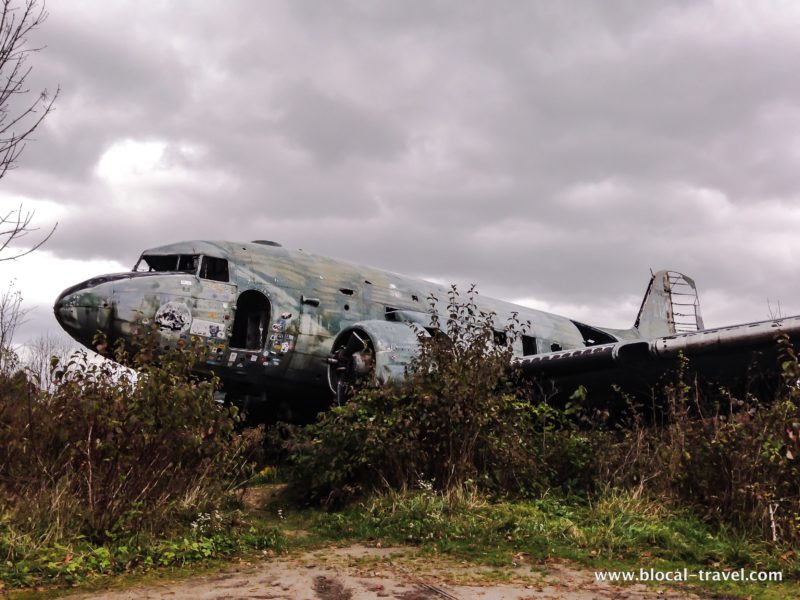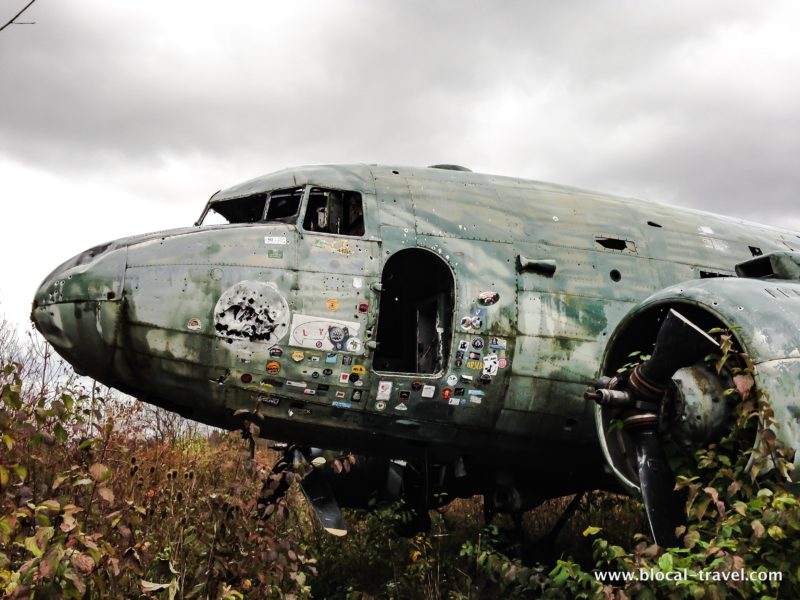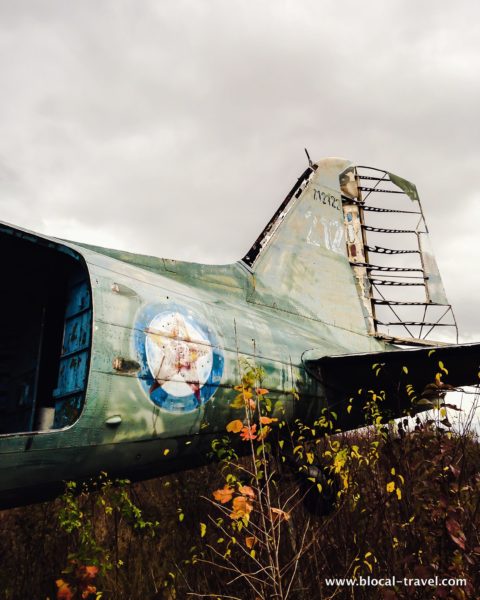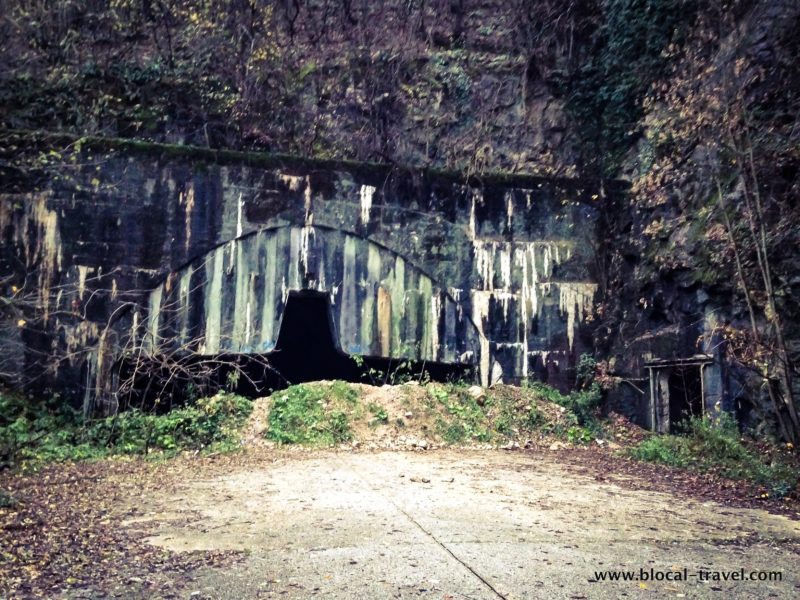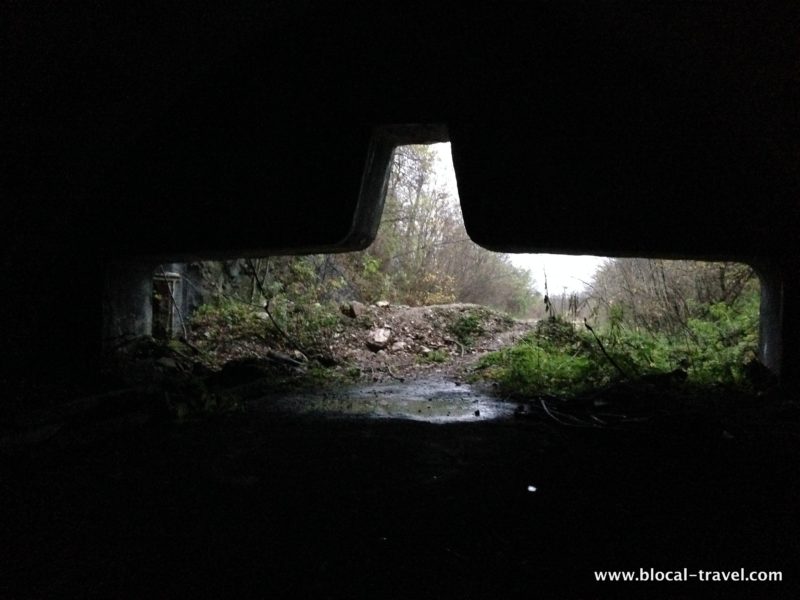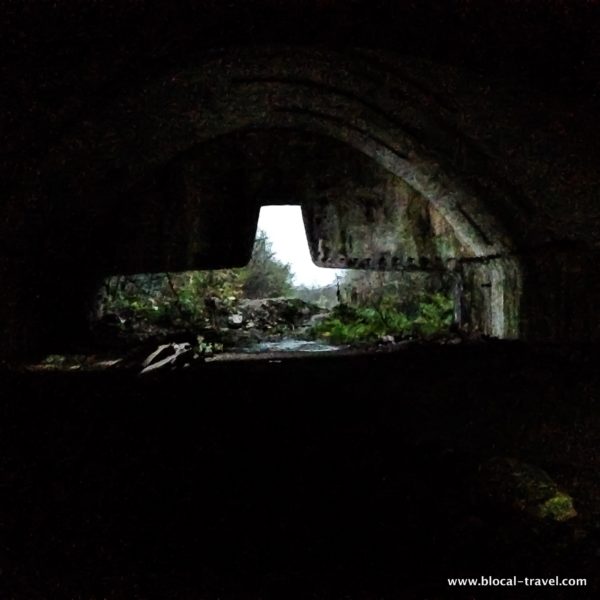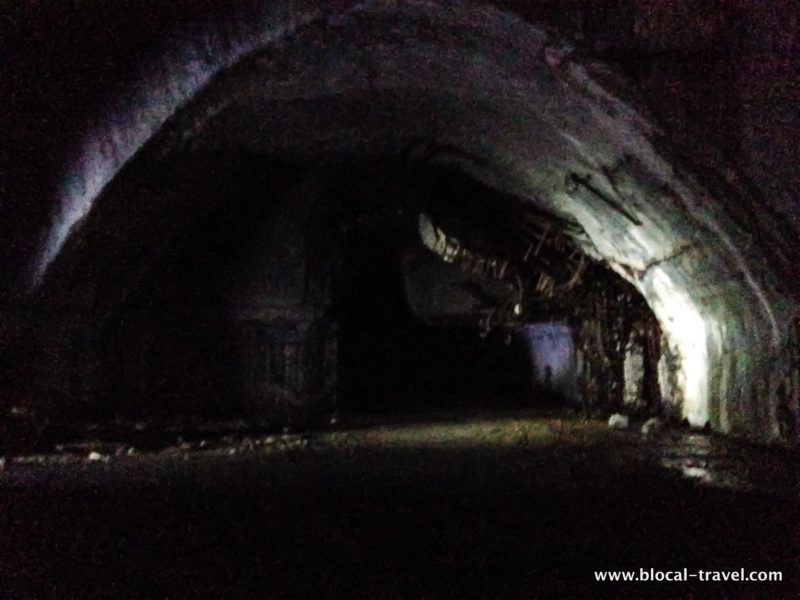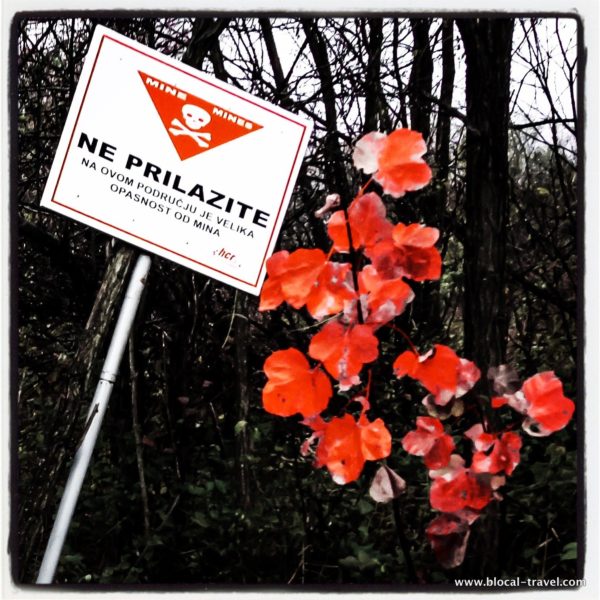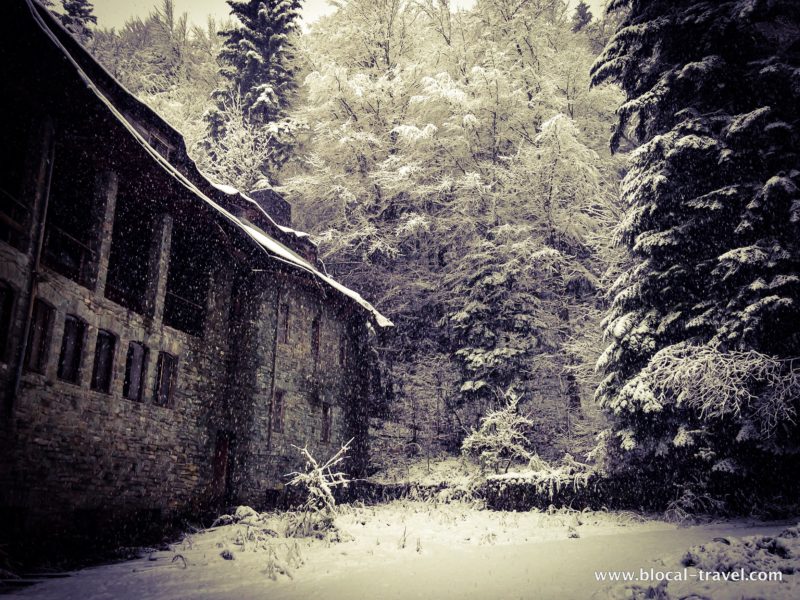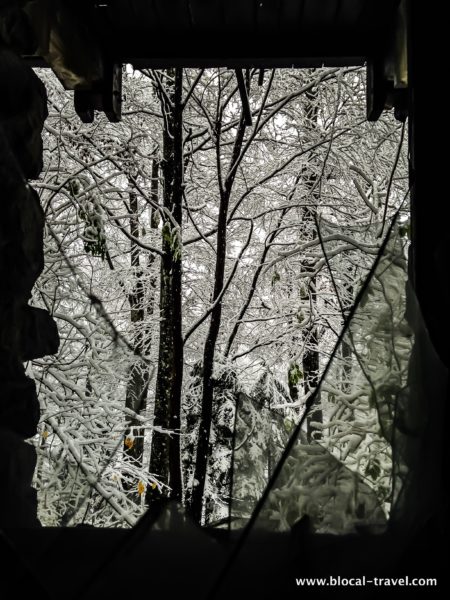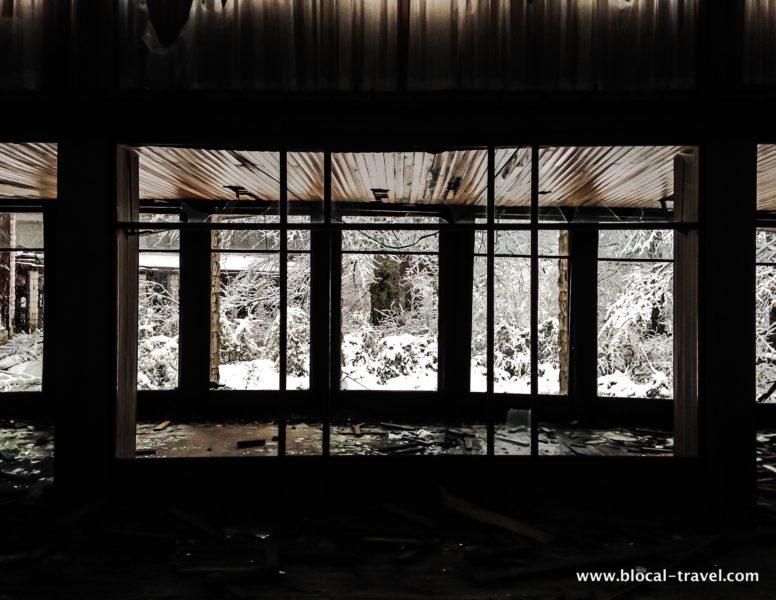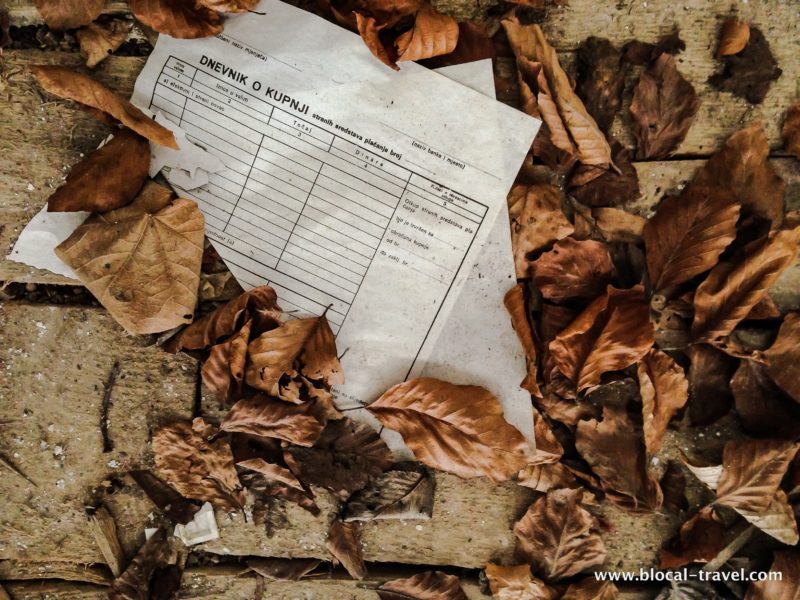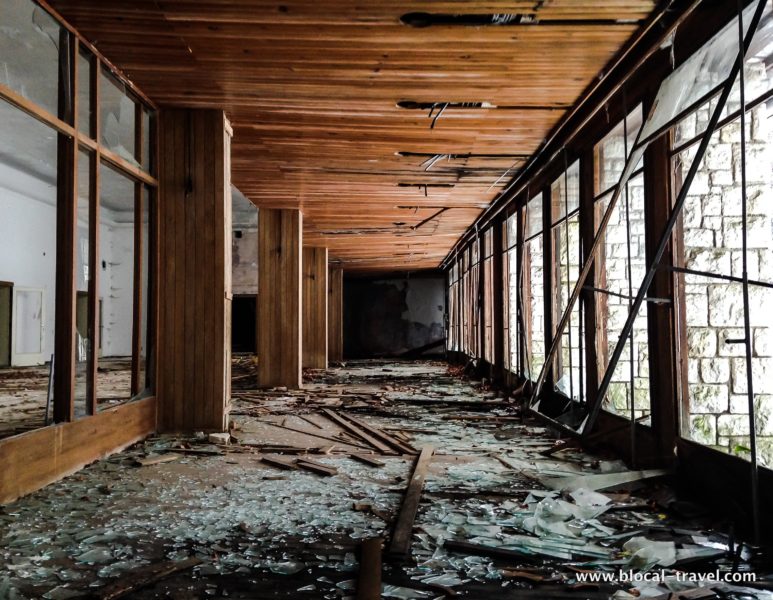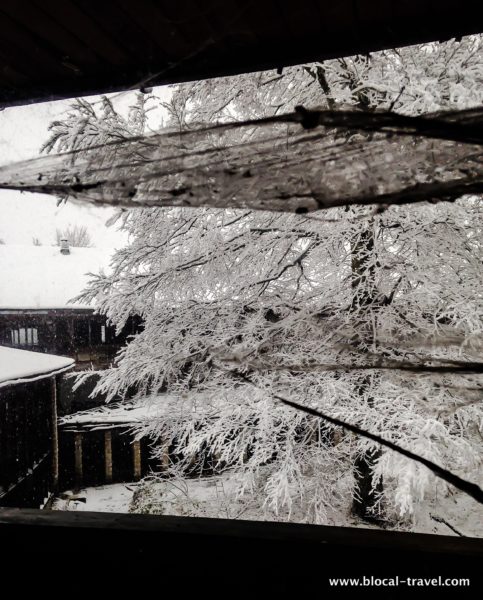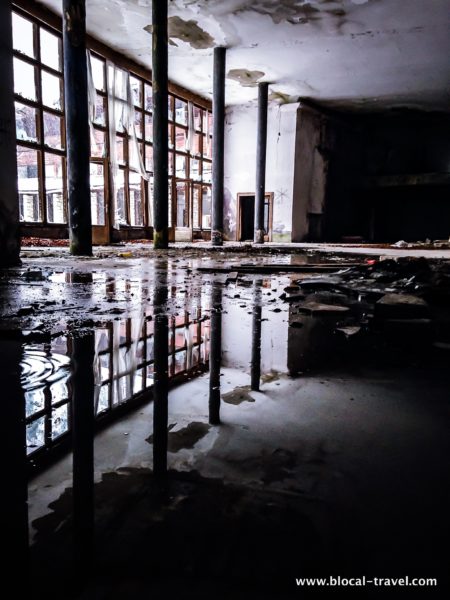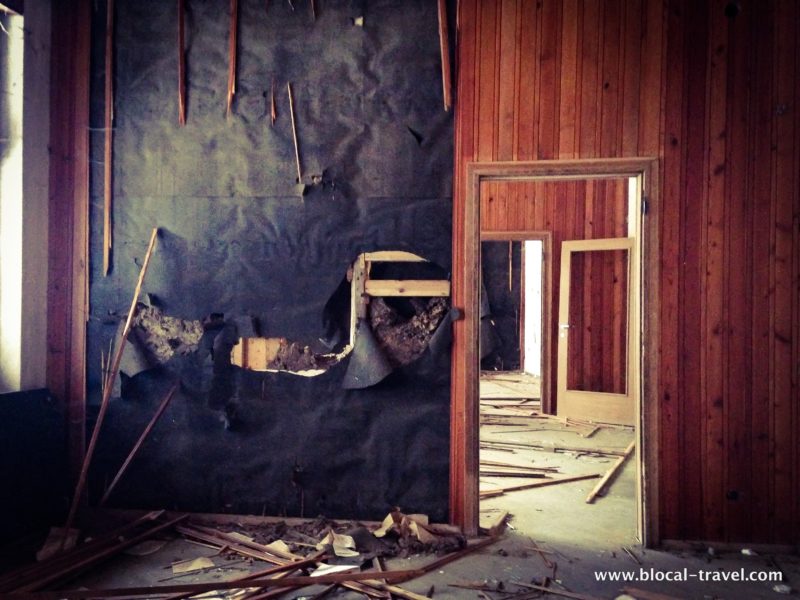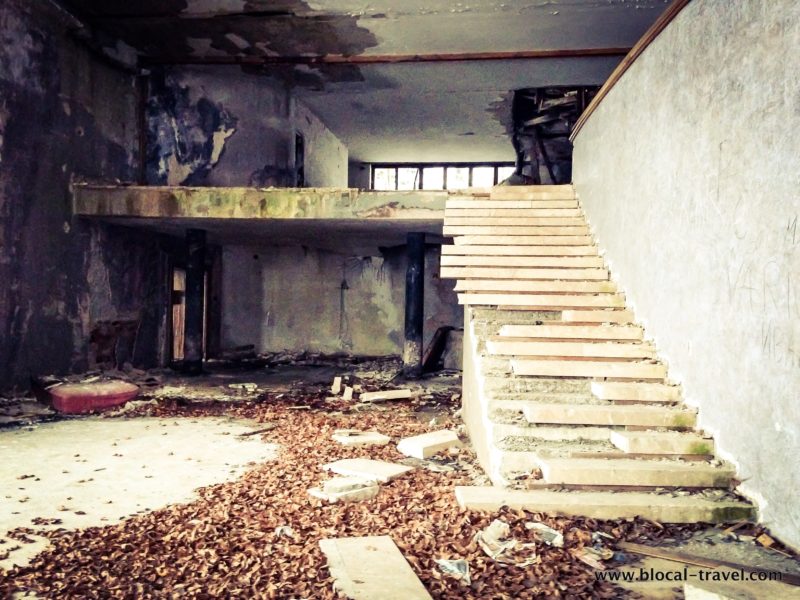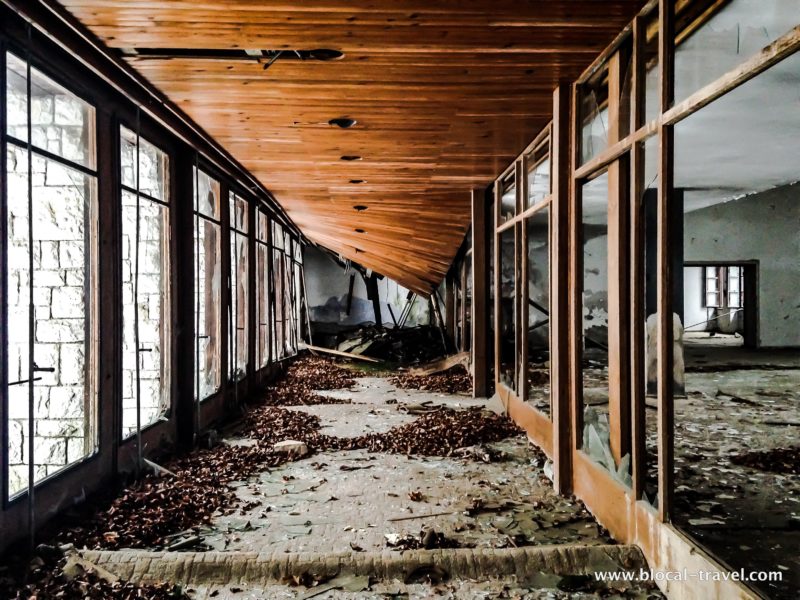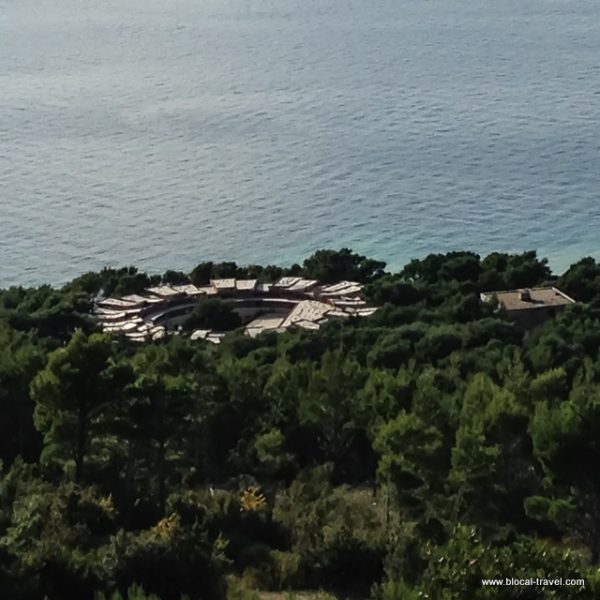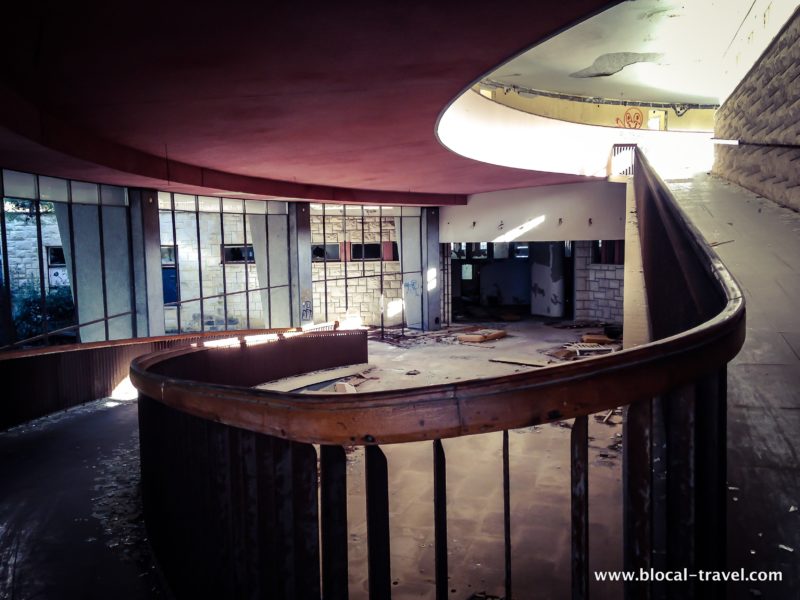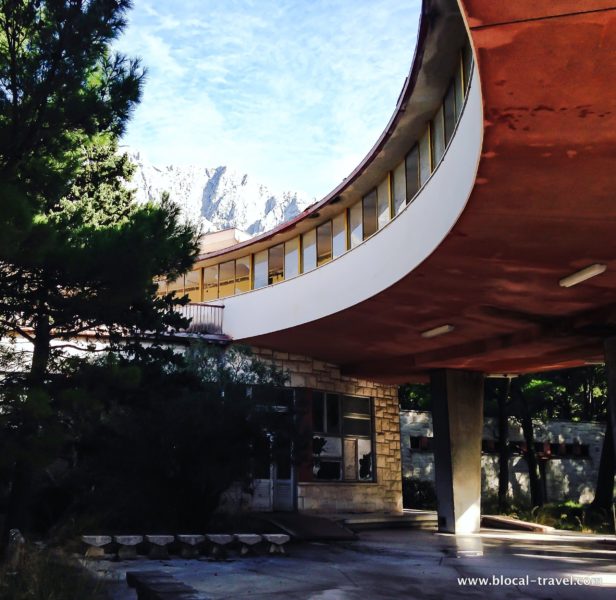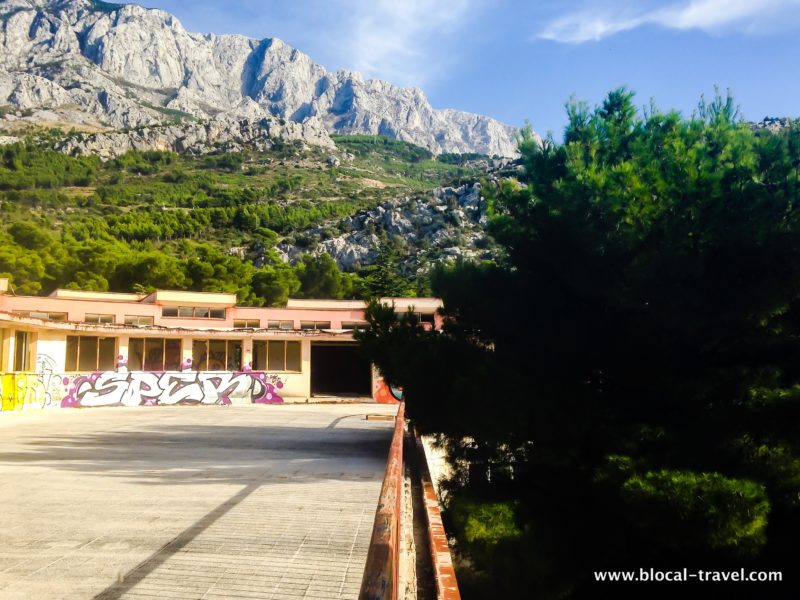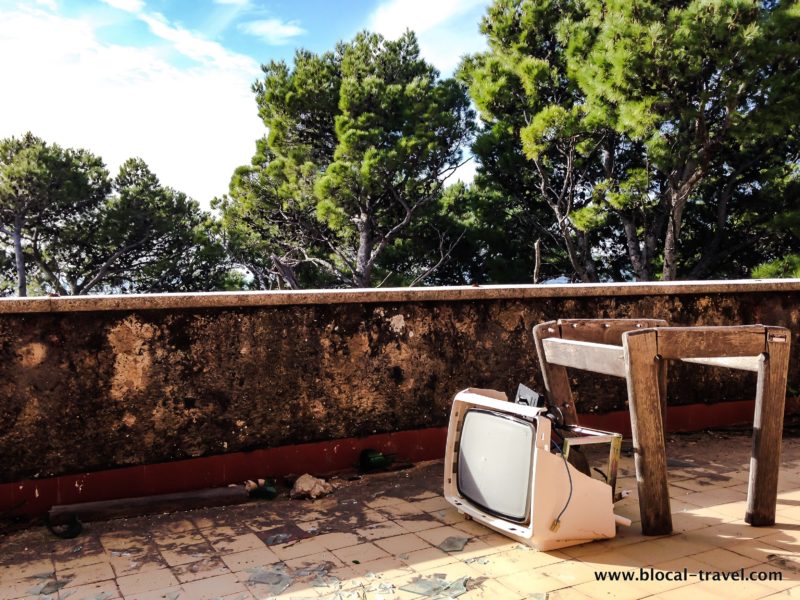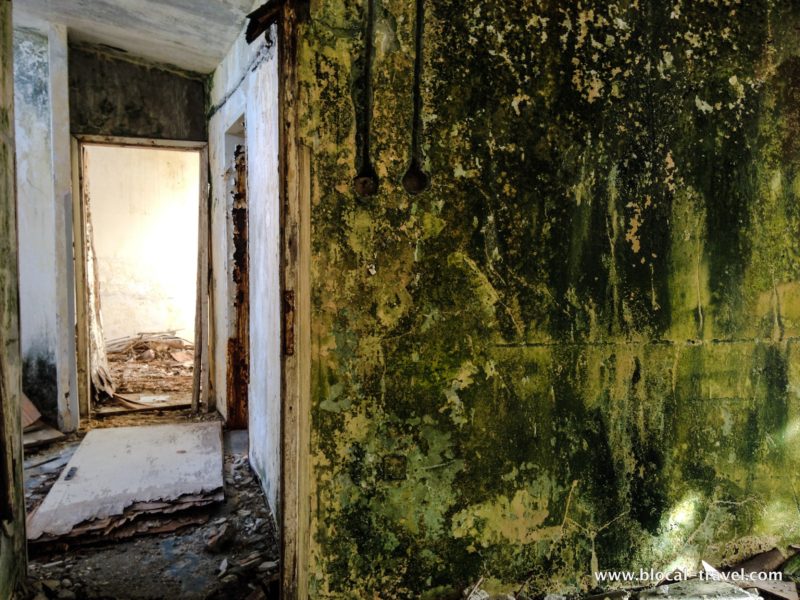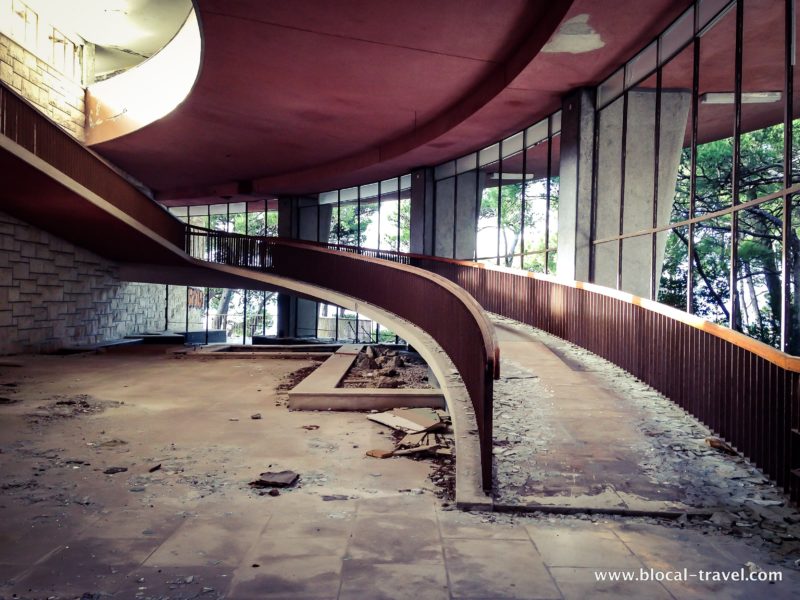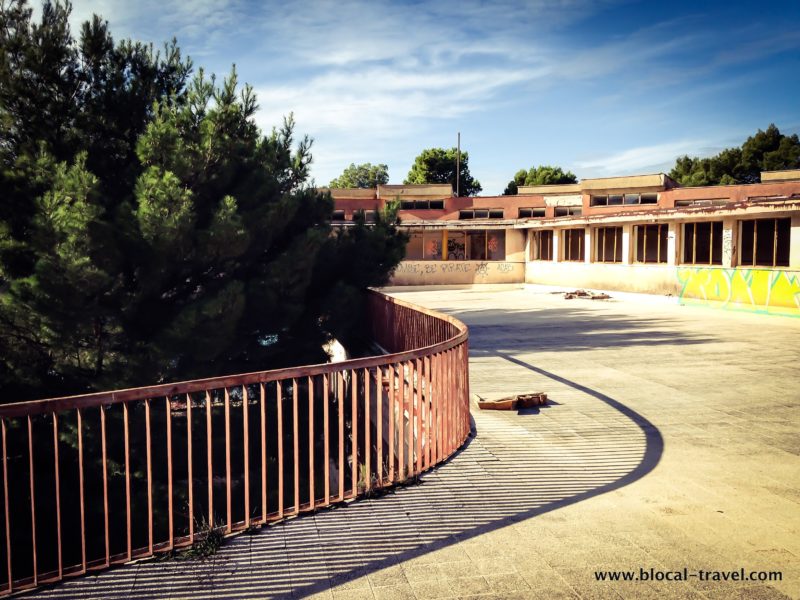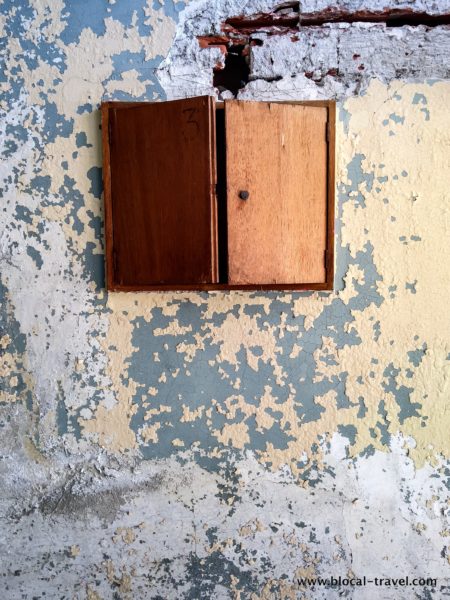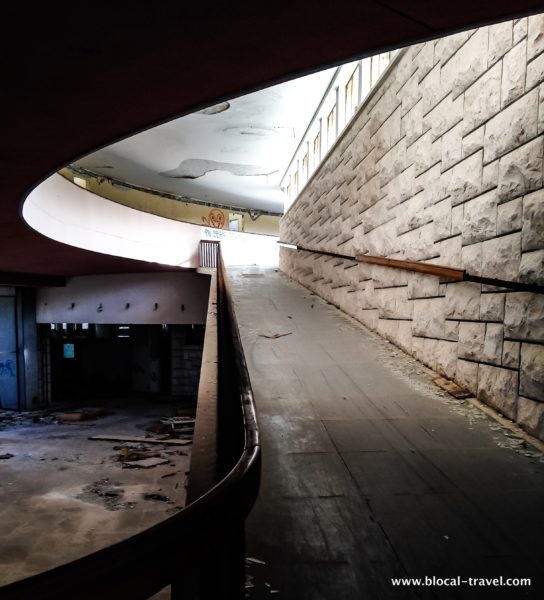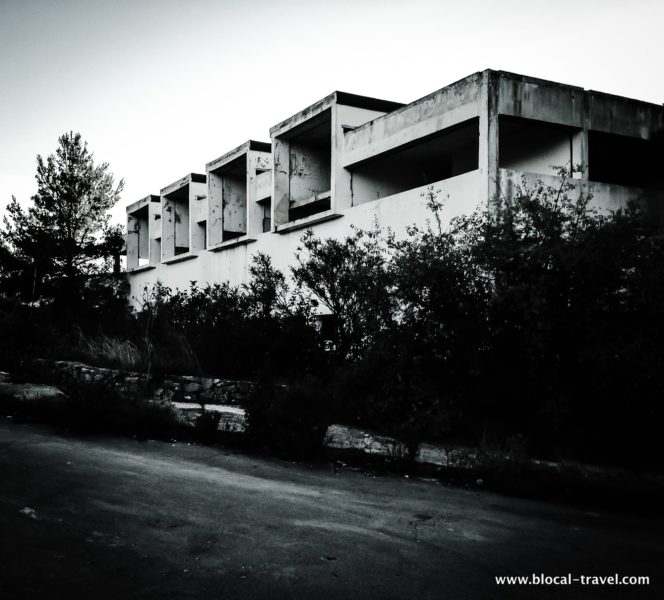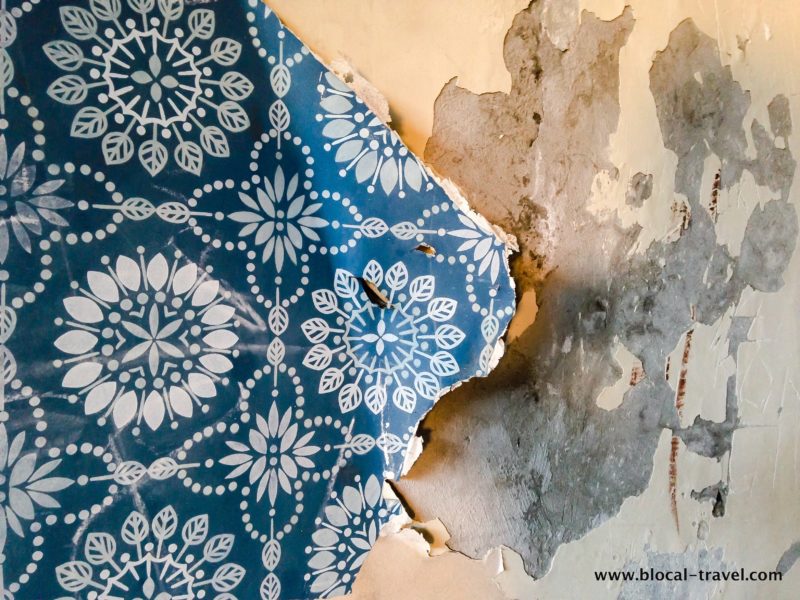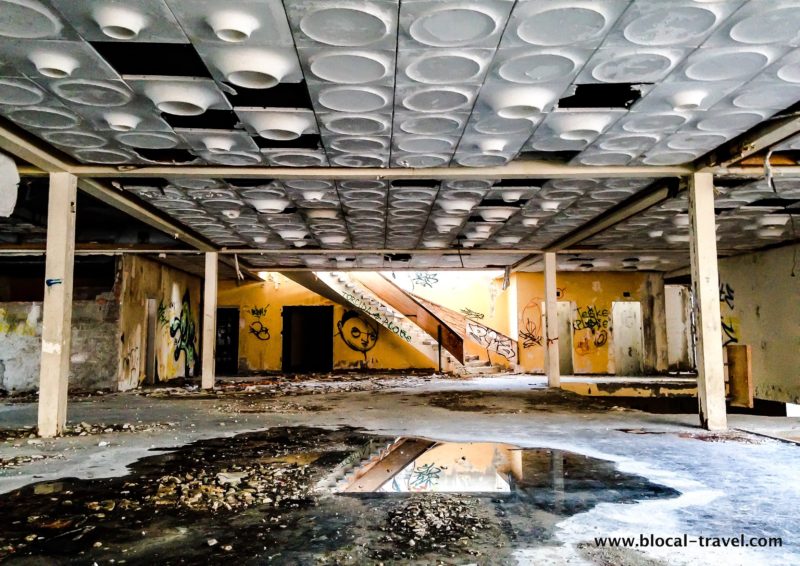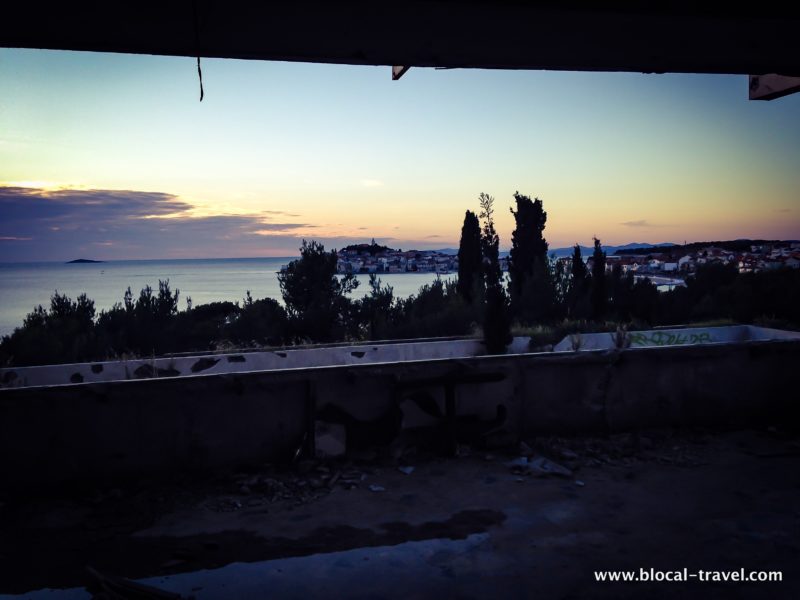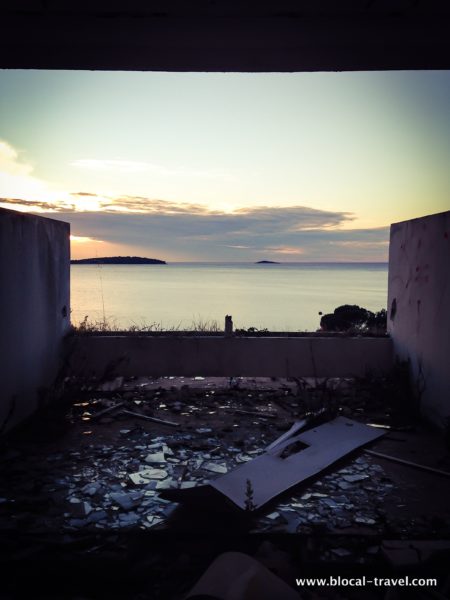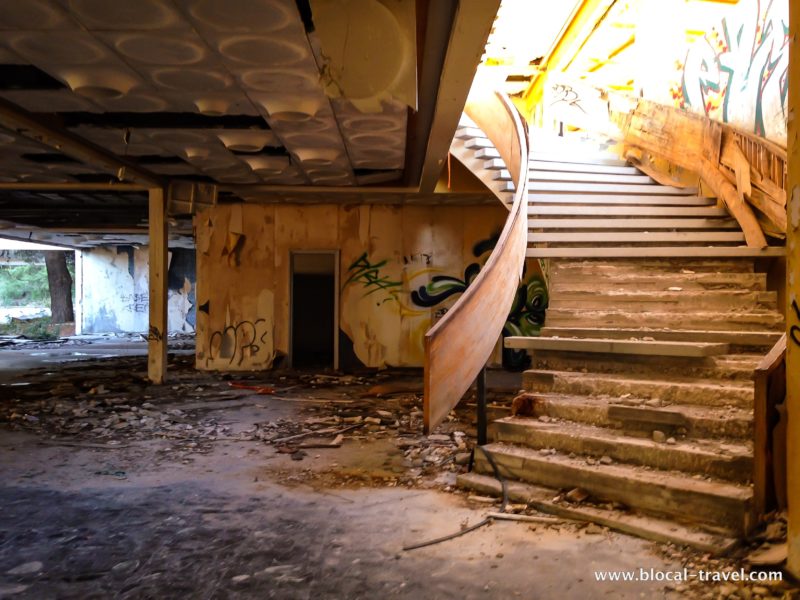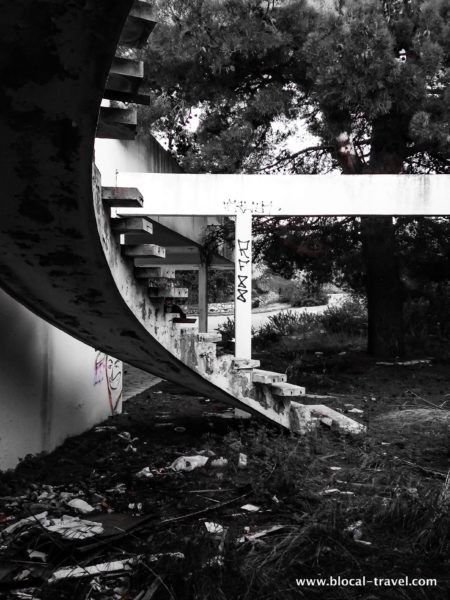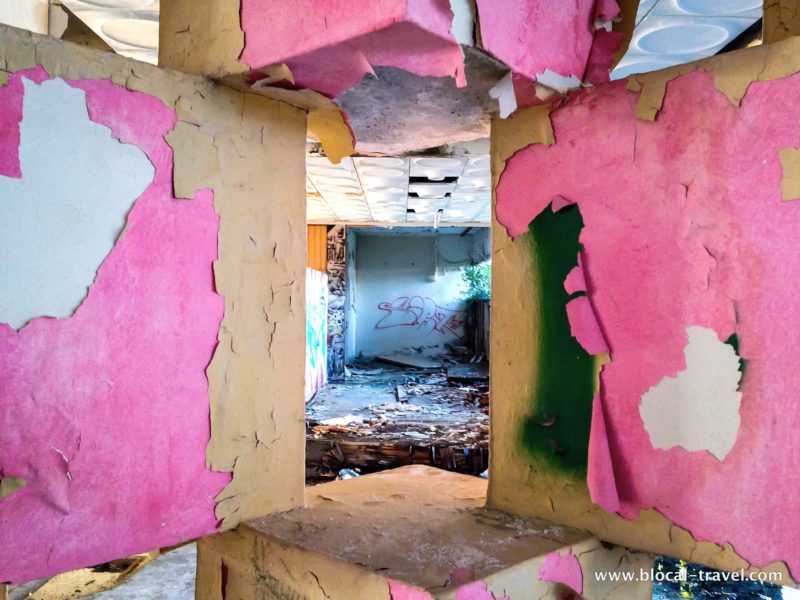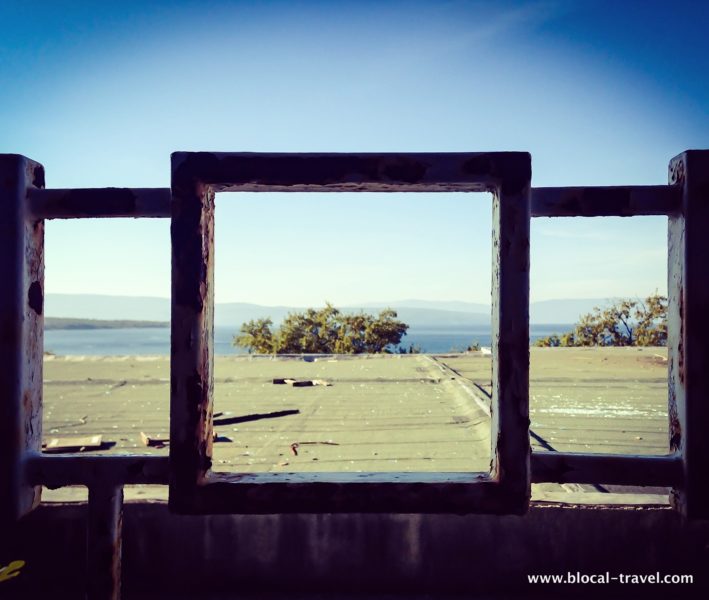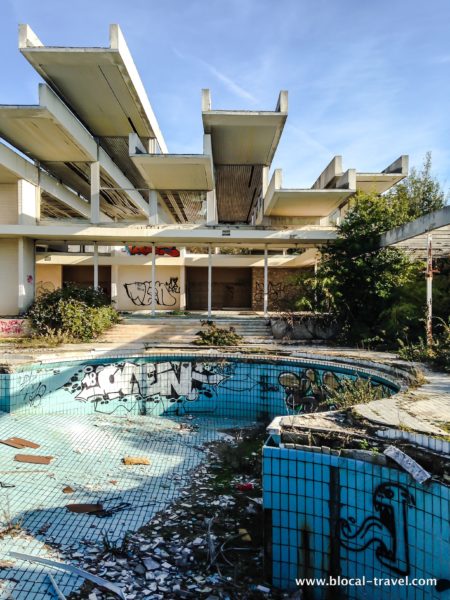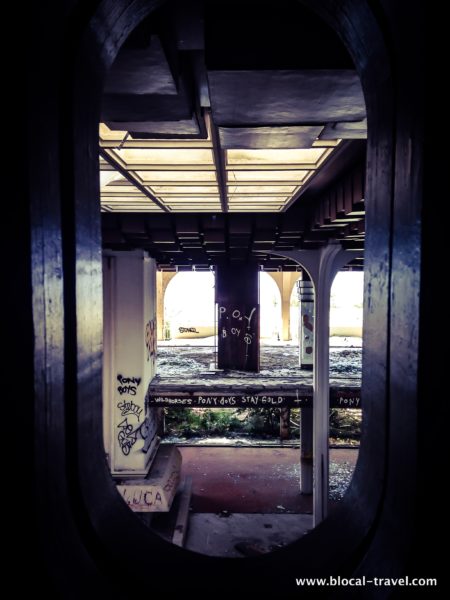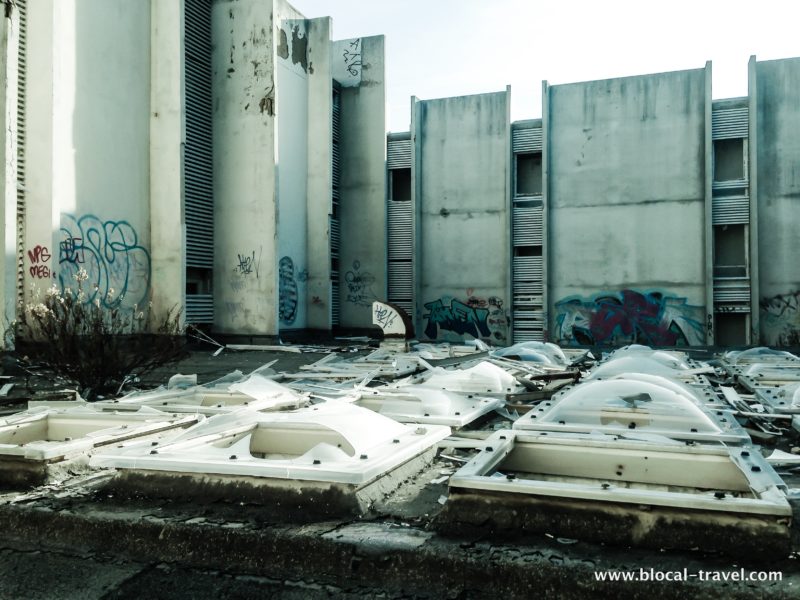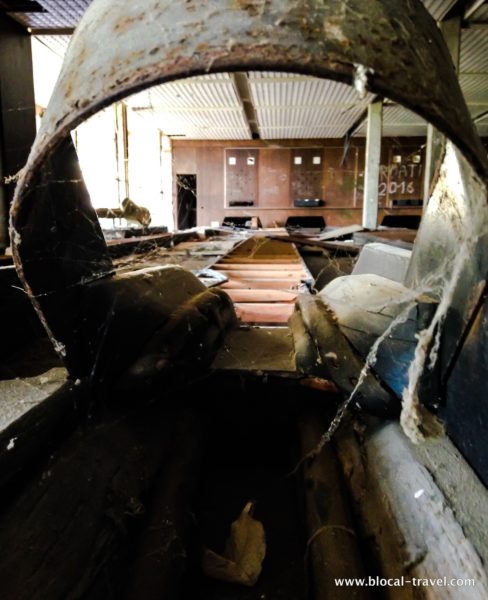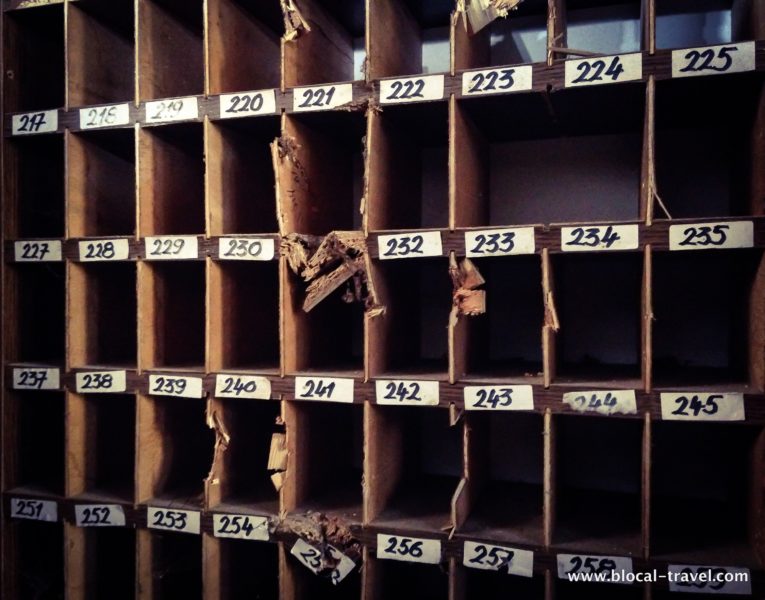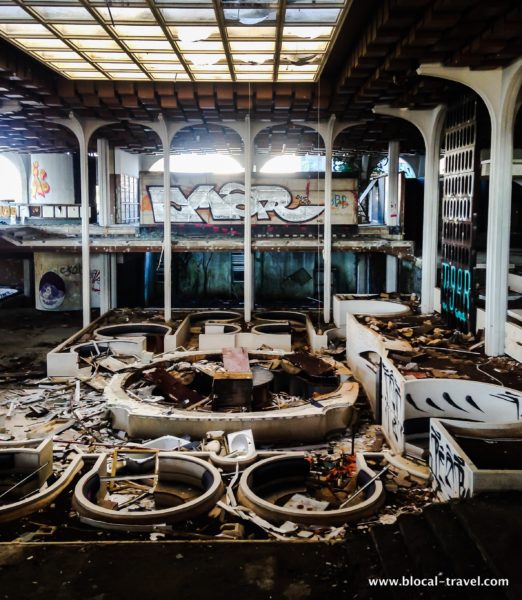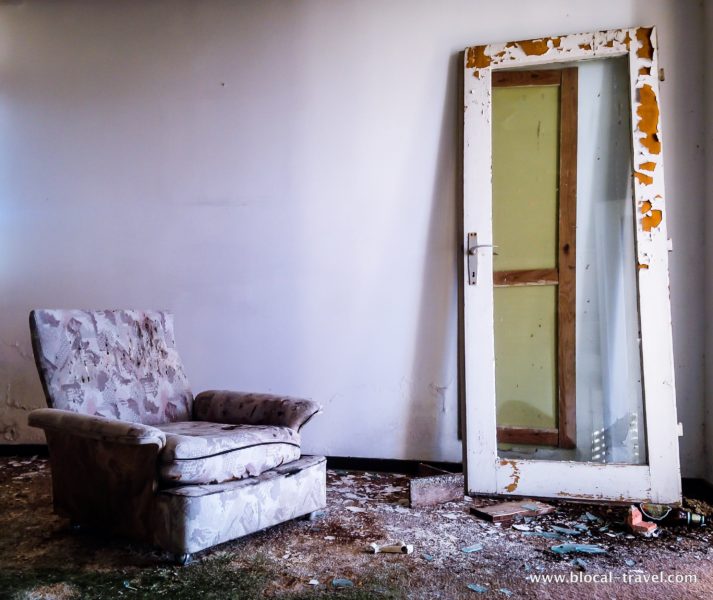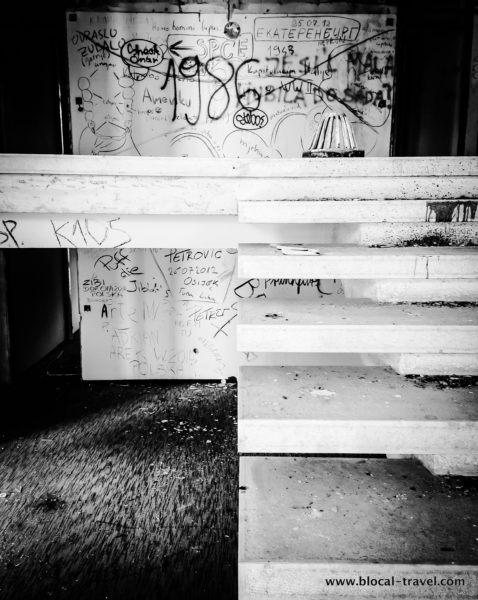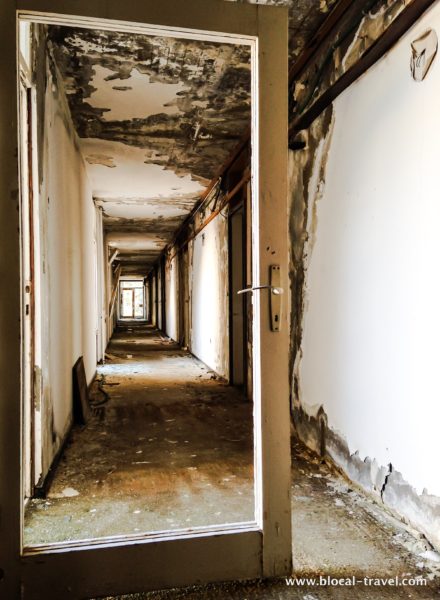Kissed by the first orange-hued rays of sunrise, Zagreb’s Brutalist skyscrapers faded away as we drove through the morning mist heading for the Petrova Gora mountain, where the leaves were blushing scarlet and gold.
There the air was chilly, and the valley’s autumn colours jumped out at every turn.
- Abandoned places in Croatia > Petrova Gora Monument
- Abandoned places in Croatia > Željava Air Base
- Abandoned places in Croatia > Villa Izvor
- Abandoned places in Croatia > The children’s maritime health resort of military insured persons
- Abandoned places in Croatia > Ex-hotel Marina Lučica
- Abandoned places in Croatia > Ex-Hotel Haludovo Palace
Abandoned places in Croatia > Petrova Gora Monument
I breathed in deeply feeling as if I were on top of the world. Extending as far as Bosnia and Herzegovina, the view over the valley was even more astonishing from the top of the sculptural memorial to the Partisan victims of WW2, the forgotten monument that rises up atop Petrova Mountain as a symbol of heroic struggle.
We renamed it ‘the ugliest monument on earth’ but, truth be told, I could see its beauty: its curvy, misshapen mushroom shapes, together with the steel panels reflecting the pale sun, reminded me of the Guggenheim Museum’s architecture.
We climbed up it stepping on the autumn-carpeted ground, which made the air smell of soaked leaves, adding a hint of character to the otherwise dull construction. It once hosted the Museum of Partisans’ Struggle but, after decades of depredations, the monument is now empty and, panel by panel, it has even lost a wide part of its shiny case.
Sacked and vandalized, this construction has become a monument to a country that is dismantling its past.
Abandoned places in Croatia > Željava Air Base
We drove even closer to Bosnia and Herzegovina and stopped at a former air base situated on the border. Approaching one of the entrances, we stumbled upon a dead and broken Douglas C-47B Dakota shrouded in mist.
Forgotten in its demise, the airplane was covered with rust as red as the autumn leaves.
A bit farther, we found the entrance to former-Yugoslavia’s largest underground military air base. For a minute or two I couldn’t make out anything at all but hear the sound of the water dripping from the high, vaulted ceilings, like rain falling down from a starless sky. Several tunnels were flooded, and the bunker looked like a canal town at night. I could smell the water, the humidity that was nurturing the moss and oxidizing the metal prongs jutting out from the walls.
Once the lack of light became the new normal, I embraced the darkness, but I couldn’t get used to the cold. My frozen feet stepped on the uneven ground without feeling it, carefully staying within the cone of light emanating from the flashlight. Things existed only within that cone, appearing and disappearing quickly. What was before and after my steps was swallowed up by the darkness; all I had to mind was my current step.
We came out but couldn’t shake off the darkness: in the outside world, it was already night.
Abandoned places in Croatia > Villa Izvor
With an unhurried Balkan pace, the snowflakes were whitening the wood. The last part of the road leading to Tito’s residence on the Plitvice Lakes was still accessible by car, although the area was already covered with a thick blanket of white.
Everything of any value had been stripped away, but the pillaged villa still looked charming, perhaps because the snow amplified that suspended-in-time magical atmosphere that always draws me to abandoned places like this.
The air was fresh and scented of earthy woodland, although the snow buffered everything, including smells. My feet were frozen again, and I was stepping on leaves, broken glass, soaked wood, marble and raw concrete without feeling the difference.
The water dripped at a different pace in each room, and these sounds echoed around with different emphasis, as if time were able to flow unevenly across the mansion.
I took the once-majestic staircase to the big, empty ballroom. Snowflakes fell in a whirlwind through its broken panes and shreds of curtain floated in the air like ghosts dancing in the gusting winds.
Abandoned places in Croatia > The children’s maritime health resort of military insured persons
Krvavica was the umpteenth village we drove through that made us wonder if all those shutters would be opened later in the day, or if they wouldn’t emerge from hibernation any time before spring. Wrecked in this ghost town of shut-down travel agencies and money-exchange kiosks, the elliptical construction of the children’s health resort looked like an UFO shuttle.
Built in 1961 by architect Rikarc Marasovic and in use until the late ‘80s, this Brutalist building reminded me of the shapes of a conch. Not only does it develop in a spiral, but the sound of the waves echoed inside it.
From the L-shaped ground floor there is a huge ramp leading to the upper floor, where the in-patient clinic rooms were situated all around a levitating circular volume and overlooking either the blue sea or the snow-covered mountains.
Walking through its rational, squared-off shapes unexpectedly crossed by the sinuosity of the ramps, I saw geometry become something real, which could be felt, especially now that the children’s voices are gone and this bare Brutalist architecture is the only thing left.
Abandoned places in Croatia > Ex-hotel Marina Lučica
I found even more rational shapes in the ex-Hotel Marina Lučica on a hill near Primošten. They outlined the design cubicle by cubicle and then, on a smaller scale, revealed geometric patterns on those shreds of wallpaper still hanging or popped down from the ceiling in three-dimensional shapes.
Peeking through the broken panes, I could see the outline of the ancient hamlet of Primošten standing out against the sunset. It looked like in a fairy-tale. The view was even more astonishing from the crumbled terrace upstairs, where the sunset hues were mirrored in the broken pieces of glass scattered all over the floor.
All the rain from the previous days had entered through the holes in the ceiling and gathered in puddles on the uneven floor, and more magic reflections were sparkling through the crispness of the air. I sat on the raw concrete stripped of its precious tiles and marbles, of which some fragments still held onto some corners here and there, and watched as the sunset dyed Primošten’s white houses first pink, then orange, then red.
When all that was left of the sunset was a dark blue sky, the gentle glow of the street-lamps illuminated the perimeter of the tiny island, which floated in the distance on the silver sea.
Abandoned places in Croatia > Ex-Hotel Haludovo Palace
Somewhere near Vratnik, we got lost. It was a beautiful place to get lost. Rotten farmers’ houses dotted the hill, connected by a narrow, winding road whose sides were embroidered with fresh snow. We didn’t worry, though. The view was stunning, and it comprised the long silhouette of Krk island, where we knew we would find the abandoned Hotel Haludovo Palace.
Inside its Brutalist opulence, the hotel housed the Penthouse Adriatic Club Casino, which was opened in 1972 by the founder of ‘Penthouse Magazine’ attracted by business-friendly laws that allowed the existence of casinos and gambling. But these were only for tourists, as Yugoslavs weren’t allowed to patronize the casinos.
This hotel was extremely ostentatious (to the point that one of the pools was occasionally filled with champagne) and its former luxury is still pretty evident even through the decay.
Despite the smell of plaster and the swirling blur of dust, I could almost see elegant couples walking by the arm on the cobbled paths to the beach, and hear high heels clicking sharply where my trekking shoes were plunging into the soaked flooring.
Read also: URBEX CROATIA: The Abandoned Prison of Goli Otok
